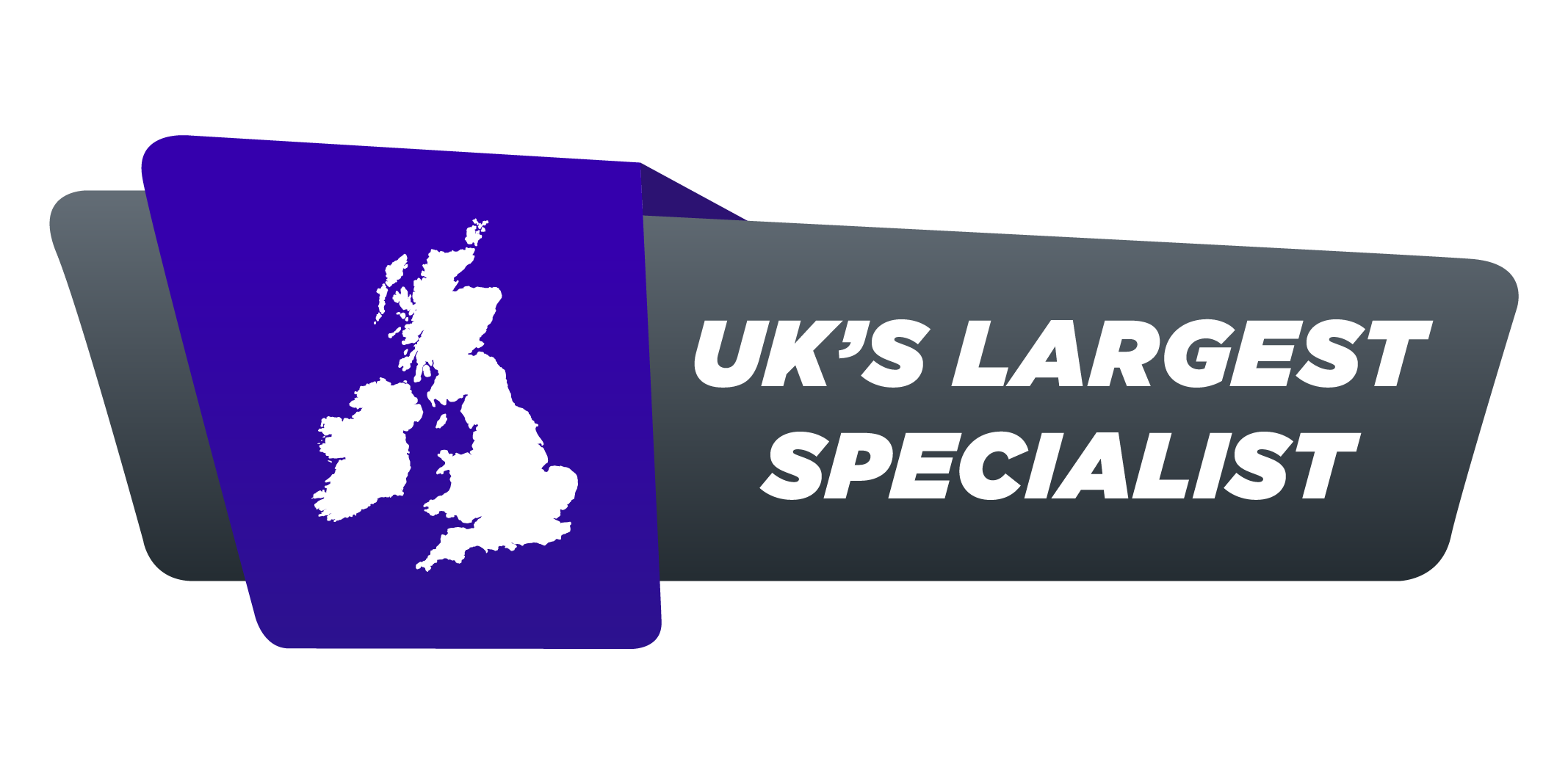- No products in the cart.
THE ULTIMATE GUIDE TO FLOATING DESKS: UNLEASHING CREATIVITY AND SPACE EFFICIENCY IN YOUR WORKSPACE
31
Mar
As the world evolves, so do our preferences for interior design and workspace organization. One of the recent trends that's capturing hearts and minds is the floating desk – a sleek, minimalist, and space-saving solution for modern workspaces. In this ultimate guide, we will dive deep into the world of floating desks, exploring their benefits, design options, and installation tips. Let's embark on this journey to revolutionize your workspace!
What is a Floating Desk?
A floating desk is a wall-mounted workspace that "floats" above the ground, eliminating the need for traditional desk legs. It provides a clean, uncluttered look and maximizes floor space, making it perfect for small rooms, home offices, or multi-purpose areas. Floating desks come in various styles, materials, and sizes, allowing for customization to suit individual needs and preferences.
Benefits of Floating Desks
-
Space-saving: Floating desks are ideal for small spaces or rooms with limited floor area. By mounting the desk to the wall, you eliminate the need for bulky legs, providing more floor space and creating an airy, open feel.
-
Aesthetic appeal: Floating desks offer a minimalist, modern look that blends seamlessly with contemporary design trends. Their streamlined appearance adds a touch of elegance and sophistication to any space.
-
Customizable: With a plethora of styles, materials, and sizes available, you can tailor your floating desk to your exact needs and preferences. Choose from various colors, finishes, and materials to create a unique piece that reflects your personality.
-
Ergonomics: Wall-mounted desks can be installed at the optimal height for each user, ensuring proper ergonomics and reducing the risk of neck, back, and shoulder strain.
-
Easy to clean: Floating desks make it simple to clean underneath and around the workspace, keeping your room neat and tidy.
Design Options for Floating Desks
-
Simple Shelf: A basic floating desk design consists of a single shelf that's large enough to accommodate a computer, keyboard, and mouse. This minimal design is ideal for those who need a simple, unobtrusive workspace.
-
L-Shaped Desk: An L-shaped floating desk maximizes corner space, providing ample room for multiple monitors, office supplies, and more. This design is perfect for gamers, designers, or anyone who requires a larger workspace.
-
Desk with Storage: Some floating desks incorporate storage options such as drawers, shelves, or cabinets. These designs are ideal for those who need additional storage space for office supplies, books, or other items.
-
Fold-Out Desk: A fold-out floating desk can be tucked away when not in use, making it a great option for those who need a temporary workspace or have limited room.
-
Custom Designs: For a truly unique floating desk, consider a custom design that incorporates personalized elements such as built-in lighting, cable management systems, or integrated speakers.
Installation Tips for Floating Desks
-
Choose the right location: Consider the available wall space, proximity to power outlets, and natural light when selecting the location for your floating desk.
-
Find the studs: Use a stud finder to locate the studs in the wall where you'll mount the desk. This ensures a secure and stable installation.
-
Measure and mark: Carefully measure and mark the desired height for your desk, ensuring it's level and at the optimal ergonomic height for you.
-
Select the right brackets: Choose heavy-duty brackets and anchors designed to support the weight of your desk and everything that will be placed on it.
-
Get help: Installing a floating desk can be a two-person job. Enlist the help of a friend or family member to hold















